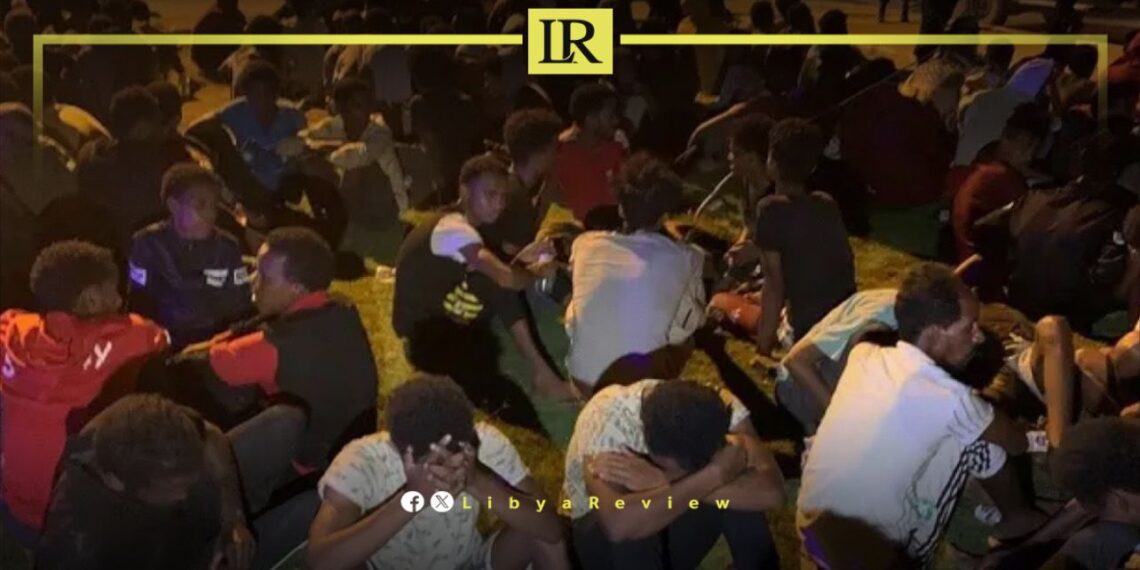On Wednesday, Libyan Interior Minister Emad Al-Trabelsi revealed that approximately 70 to 80 percent of foreigners in Libya are “irregular,” just a week before an international forum on Mediterranean migration is set to take place in Libya.
Speaking at a press conference, Al-Trabelsi stated, “Today in Libya, there are about 2.5 million foreigners,” noting that “70 to 80 percent of them entered illegally” through easily penetrable areas of the country. He reiterated Libya’s refusal to “settle” migrants on its territory.
Human trafficking networks have capitalized on the instability that has plagued Libya since the fall of Gaddafi’s regime in 2011, developing secret networks to transport thousands of migrants from Africa to Europe. Located about 300 kilometers from the Italian coast, Libya has become a primary departure point for thousands of migrants from North Africa, most of whom are from sub-Saharan Africa, hoping to reach Europe by sea despite the perilous journey.
Next Wednesday, Tripoli will host a “Forum on Mediterranean Migration” to discuss a “new strategy for development projects in departure countries,” aiming to slow the flow of migrants.
Since the overthrow of Muammar Gaddafi in 2011, Libya has been mired in chaos and conflict, making it a fertile ground for human traffickers. The power vacuum left by Gaddafi’s fall led to the rise of rival factions and militias, each vying for control over different parts of the country. This fragmentation has significantly hindered efforts to establish a unified government and enforce the rule of law.
Libya’s strategic location, with its vast and porous borders, has made it a critical hub for human traffickers who smuggle migrants from sub-Saharan Africa to Europe. Migrants often endure harrowing journeys through the desert, facing the threat of violence, exploitation, and detention by various armed groups and militias.
The Mediterranean Sea crossing from Libya to Europe is one of the deadliest migrant routes in the world. Despite the risks, thousands of migrants continue to attempt the journey, driven by a combination of poverty, conflict, and lack of opportunities in their home countries. Many of these migrants end up in detention centers in Libya, where they face overcrowding, inadequate access to basic necessities, and abuse.
The situation in Libya remains complex and challenging, with ongoing conflict and political instability complicating efforts to address migration and human trafficking effectively. The international community continues to call for a comprehensive approach that includes humanitarian assistance, development aid, and measures to protect the rights of migrants and refugees.


